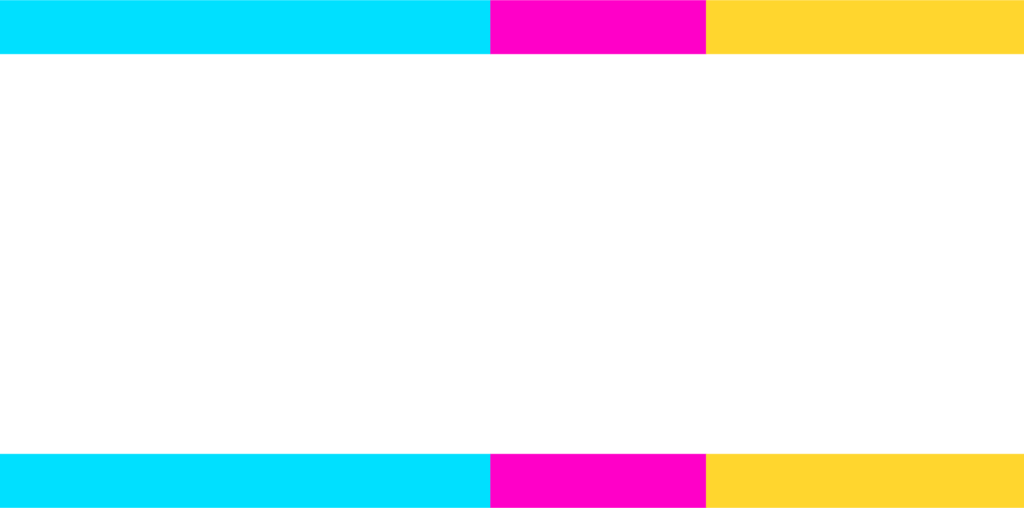Idaho Mountain Express editorial: When it comes to funding public schools, Idaho is fooling itself.
In response to new census data that shows Idaho ranking second to last in the nation in per-pupil spending for the second straight year, an Idaho State Department of Education spokesman said that while funding is a factor, it’s not the most important factor in determining the quality of an education system.
The spokesman parroted the oh-so-familiar stance of state officials who have made it a decades-long practice to point out that even though funding is low compared to other states, Idaho student test scores regularly exceed the national average in math, reading and science. It’s an article of faith that beating the national average makes our schools good enough.
Yet, in a global economy where competition gets fiercer by the day, being average or even slightly above average in the U.S. likely will not be enough to give Americans the edge we need to thrive.
State lawmakers do kids a disservice by clinging to the idea that less is more when it comes to funding public schools. As knowledge grows and technology becomes more complex, it will take a better and deeper education to prepare students to surmount steep global challenges.
It’s not just the census report that should concern lawmakers, educators and parents. Over the past decade, changes in the way Idaho funds K-12 education have created rich and poor school districts and inequities in taxation that may violate the Idaho Constitution’s requirement that the state set up a uniform and thorough system of public schools.
That’s the conclusion of a report produced by former state chief economist Mike Ferguson, who is now director of the Idaho Center for Fiscal Policy, a nonpartisan policy group.
The report, which identifies huge disparities in per-pupil funding among school districts, should make Idaho leaders squirm because the disparities are largely the product of legislative actions, including tax cuts for individuals and corporations.
Also, while funding for schools has fallen relative to other state expenditures, the amount Idahoans pay for schools has fallen as a percentage of their personal income as well, from 4.5 percent on average in the 1980s and 1990s to just 3.5 percent today.
Idaho’s wealthier school districts, which include Blaine County’s, wisely have worked quietly behind the scenes on school funding because no one wants to rock a boat carrying legislators who’re often more inclined to throw schools anvils than life lines.
Funding disparities have become too large to ignore. Lawmakers should bag the blarney and give all Idaho kids a fair shake by arming them with a good education.


